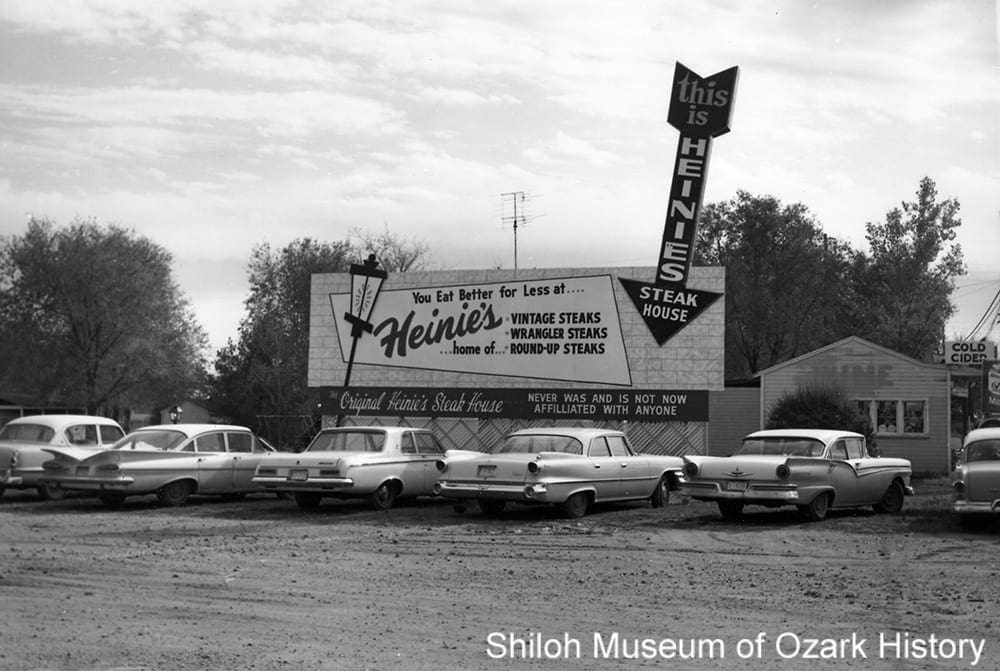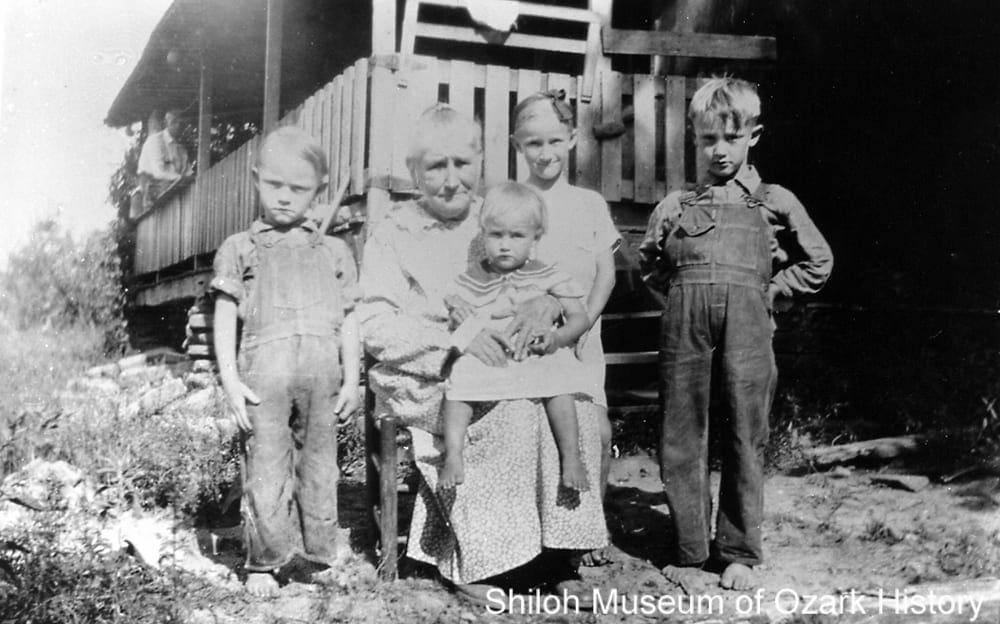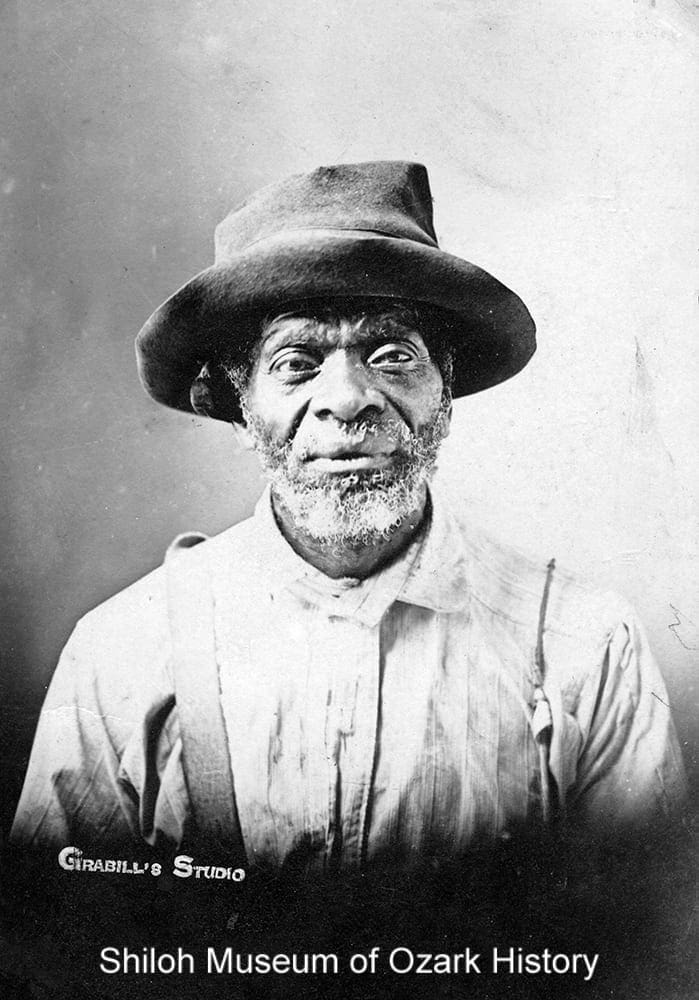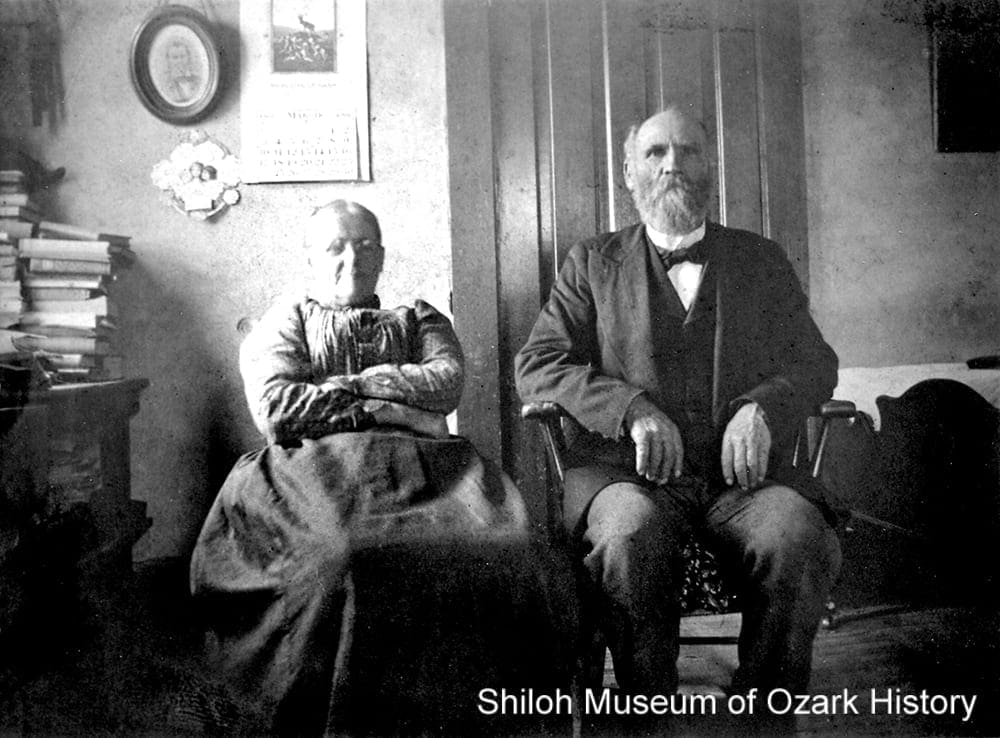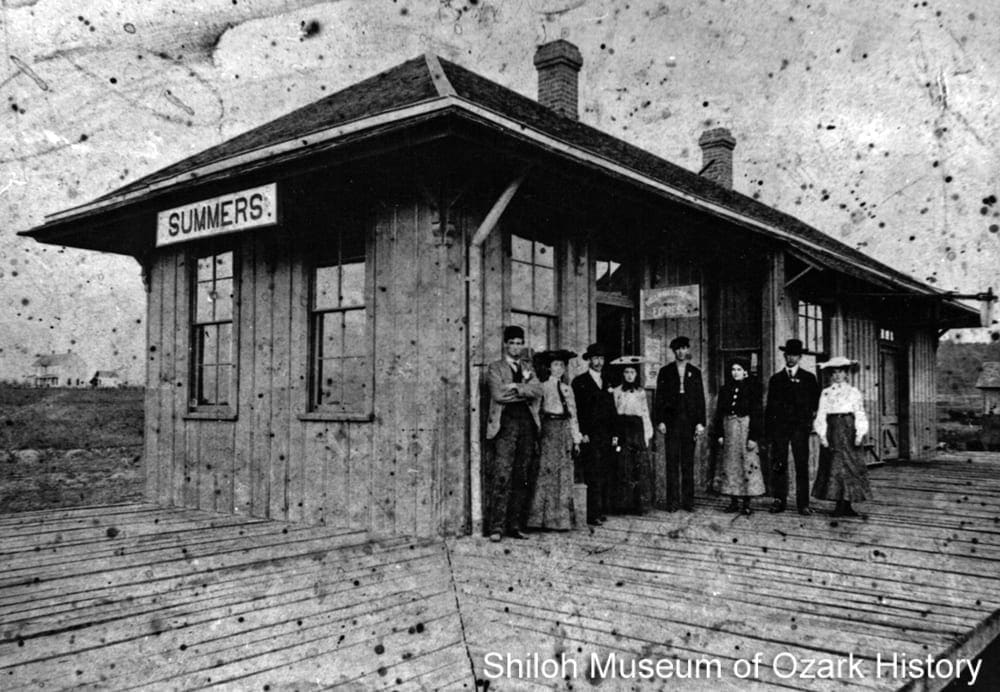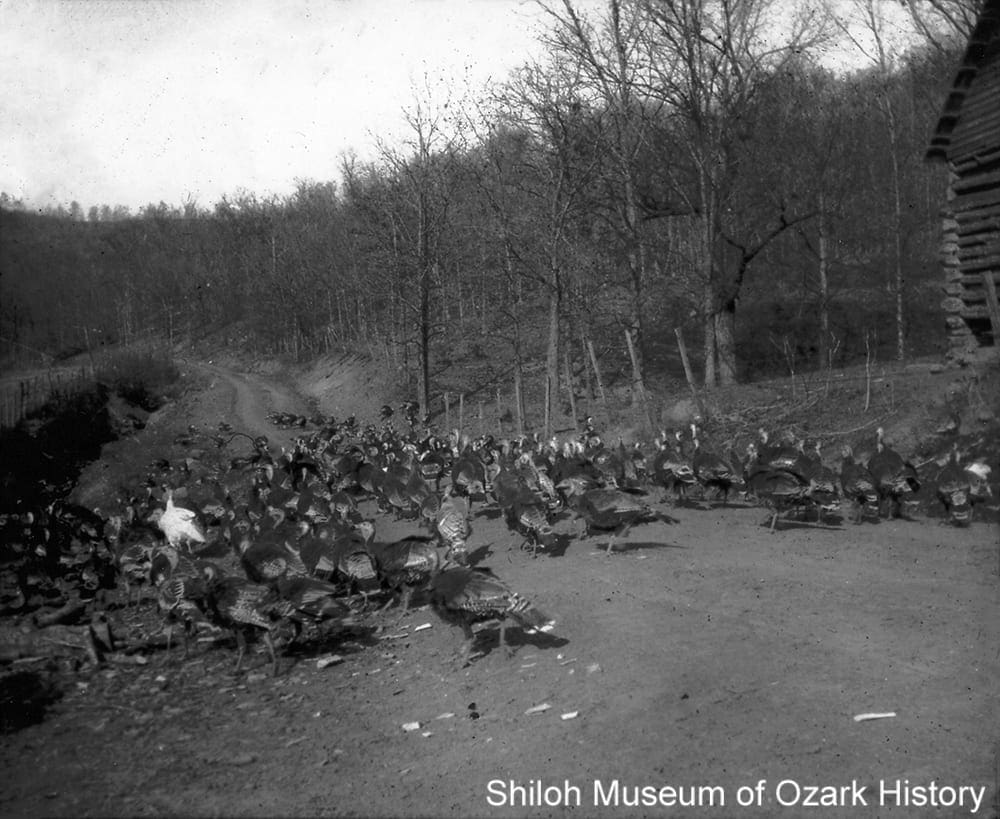Heinie’s Steak House
Heinie’s Steak House, Springdale, 1962. Located on Highway 71 near the railroad underpass, this legendary local restaurant was owned and operated by Herman Clint “Heinie” Dierich. Howard Clark, photographer. Caroline Price Clark Collection (S-2002-72-1235)

